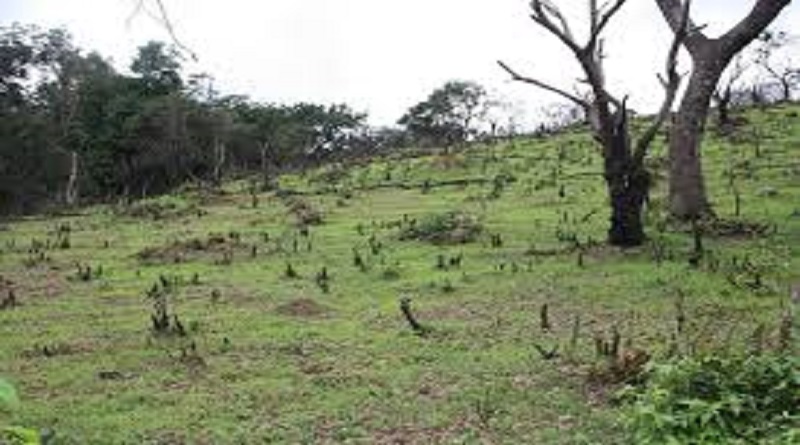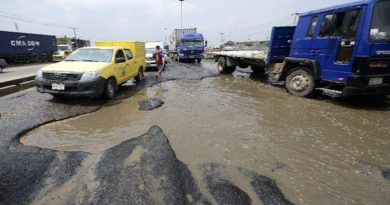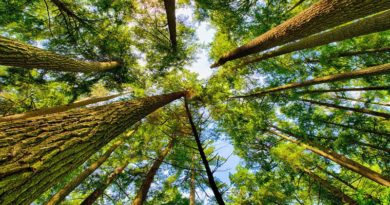Scientists map land suitable for agroforestry in South Asia
Scientists have analyzed remote-sensing global data sets and created computer models and maps of land suitable for agroforestry, percentage of tree cover, and tree-cover hotspots on agricultural land for Afghanistan, Bangladesh, Bhutan, India, Nepal, Pakistan and Sri Lanka.
The research team, from World Agroforestry (ICRAF), Vindhyan Ecology and Natural History Foundation, University Department of Mathematics at Ranchi University and the International Center for Agricultural Research in the Dry Areas, published their work in the Journal of Cartography and Geographic Information in May 2020.
The majority of the more than 1 billion people who inhabit the seven South Asian nations live in rural areas with weak socioeconomic conditions and are largely dependent on agriculture for their livelihoods. These already vulnerable populations are increasingly threatened by the adverse effects of climate change.
Adopting agroforestry — the integration of trees, seasonal crops, livestock and/or fisheries on farms — is a sensible solution for achieving sustainability because agroforestry optimizes the use of land to produce diversified outputs that can have multiple functions: food, nutrition, energy and employment. Trees in agroforestry systems also mitigate the climate crisis by storing carbon both above- and belowground.
The scientists found that approximately two-thirds of the geographical area of South Asia has more than half of its land that is potentially suitable for agroforestry whereas nearly four-fifths of the land area has almost nil (0%) tree cover. They also found that single crops occupy around 56.6% of the total farming area and that nearly 12% of the area has greater than 1% tree cover.
This shows a large potential for increasing the scale of agroforestry throughout the region.
The map showing the prediction for 2030 of annual climate (precipitation and temperature) anomalies revealed a significant variation in spatial patterns cross South Asia, which will likely have negative impacts on future production of seasonal crops.
‘This is a matter of great concern,’ said Javed Rizvi, coordinator of ICRAF’s South Asia Regional Program. ‘But our analysis shows that there is immense scope to exploit the identified potential land area for agroforestry and support policymakers in the seven nations to create opportunities for further expansion in the future. This will increase farmers’ resilience to climate variations, diversify their incomes and increase their food and nutrition security.’
Most of the farmers in South Asia are small landowners and a large percentage of them depend on monsoonal rains for their agricultural activities. With increasingly variable rainfall, the already long periods when land cannot be cultivated owing to lack of water are likely to increase.
‘Expansion of water-storage facilities for agriculture is obviously needed,’ said Rizvi, ‘along with increasing the area under agroforestry. Trees can endure drought periods better than seasonal crops and provide a range of products for domestic consumption and sale. They also store soil moisture and selected species are able to provide natural fertilizers, which magnify the yields of seasonal crops and reduce the need for expensive chemical fertilizers.’
Trees are an integral part of sustainable farming practices that can withstand extreme weather events, pest and disease attacks, and optimize land and water productivity to achieve food, fuel, fodder and nutritional security while safeguarding environmental services.




